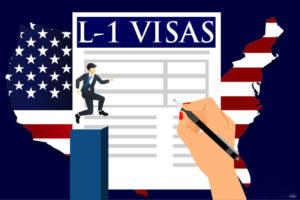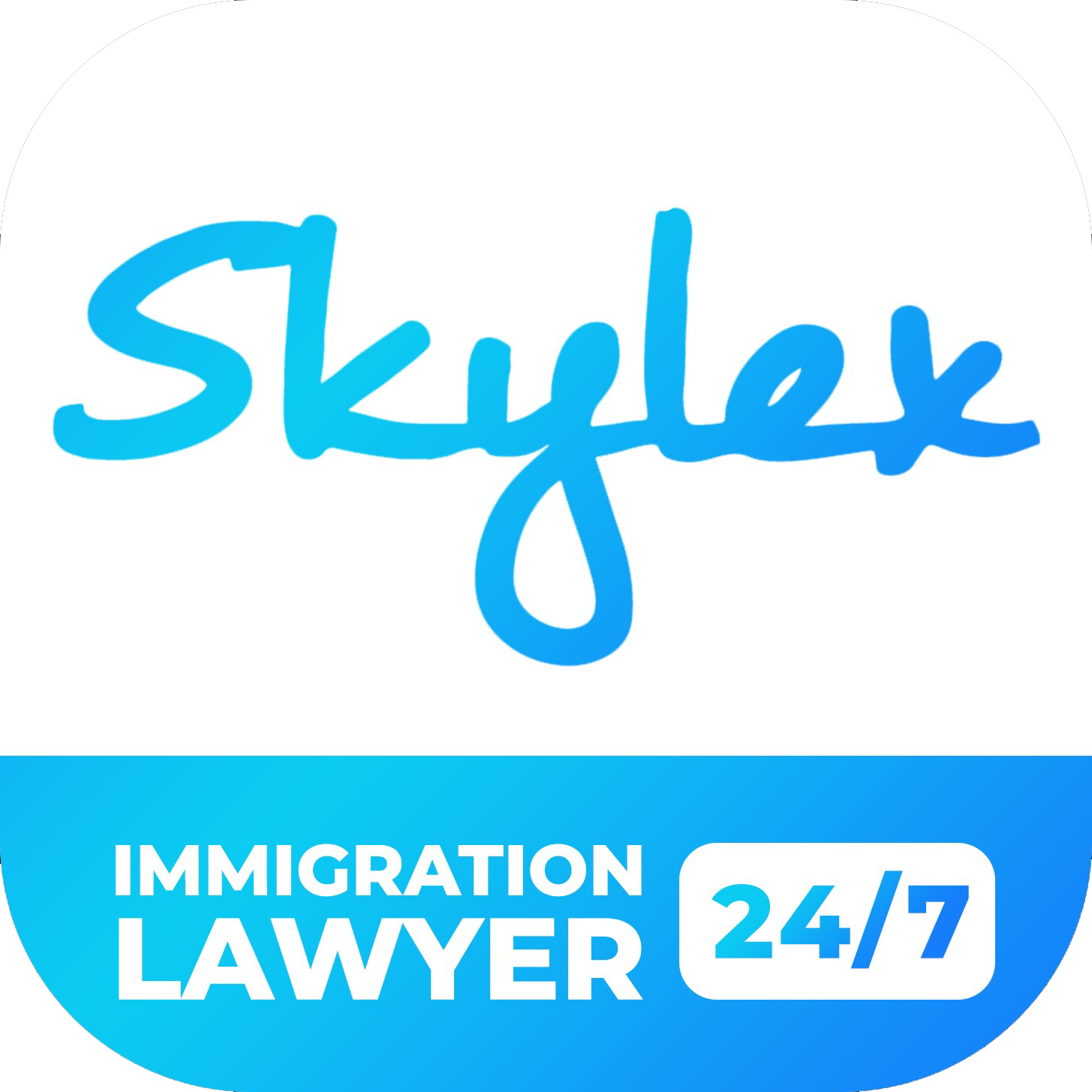L-1 Visa Immigration for USA
WHAT IS AN L-1 INTRACOMPANY TRANSFER VISA?
The L-1 visa is a temporary work and residence permit for the United States. This work visa category allows internal staff transfers within a company group from the current foreign location to a U.S. location .
There are two types of L-1 Visa. The L-1A Visa is for executives and managers and the L-1B is for employees with specialized knowledge.

Applicants often apply for an L-1 Intracompany Transferee visa as part of a standard international assignment. However, applicants may apply for this visa, for example, if they wish to participate in a long-term project or installation assignment at a U.S. site or U.S. customer facility.
What are the requirements for the L-1 visa?
The L-1 visa is company-based, i.e. the U.S. company officially files the application for future employees. The proof of the existence of a U.S. location within a group of companies is therefore an indispensable prerequisite. The American company must already have been active on the market for at least one year (“doing business”).
U.S. locations that have been operational for less than one year may qualify as L-1 applicants under separate provisions (“L-1 New Office“). With this visa, the foreign individual can only work for the U.S. company that filed the application. The only exception is so-called “off-site employment”, which allows employees to work for clients under certain conditions.
Since L-1 visas refer to intracompany transfers of employees, proof must be provided that there is a qualifying connection between the foreign location where the employees are currently employed and the U.S. location (as the “receiving” company unit) so that the transfer of the employees can take place.
This can be demonstrated as follows:
- the foreign parent company holds at least 50% of the shares in the U.S. subsidiary or vice versa
- both entities are sister companies and are each owned at least 50% by the same parent company
- a U.S. company maintains a permanent establishment abroad or vice versa
Consequently, both companies must be majority-owned. This list is not exhaustive and other constellations are possible.
Employees who are to receive the L-1 visa must also have been employed (continuously) for at least 12 months within the last three years for a location of the group of companies (outside the United States). This must have been a regular employment relationship. Freelancers or consultants, for example, do not qualify for this category. The legislation is based on the assumption that the offered position in the United States is also a regular employment relationship (“regular employment”).
During the employment phase of at least one year in the foreign company, employees must have worked as a manager, executive or specialist and also hold a position at the future US location. The US authorities distinguish between the L-1A visa for managers/executives and the L-1B visa for specialists. L-1B applications in particular are strictly reviewed by the relevant authorities.
Employees who receive an L-1 visa can either continue to be paid by the foreign company or by the US location. A US employment contract or a US assignment contract is not mandatory, but possible. Foreign employment contracts may also continue for the work assignment.
HOW LONG IS AN L-1 VISA VALID FOR?
The initial validity of an L-1 visa is determined by something called the “Reciprocity Schedule”. Each country has its own reciprocity schedule for the L-1 visa. Some countries have longer than others, some examples are given below. You can find your country on the State Department’s website.
The reciprocity schedule determines the maximum length of validity for the initial visa. After this time period, an applicant can renew their L-1 visa up to a maximum of seven (7) years for an L-1A visa and five (5) years for an L-1B visa.
Applicants for “New Office” L-1 Visas are all granted a one-year visa initially. This allows the authorities to check the progress of the establishment of the new U.S. office. If sufficient progress has been granted, it is possible to renew in increments of two years upto the standard maximum of five or seven years for L-1A and L-1B respectively.
L-1 Visa Application
L-1 petitions are filed by mail at the appropriate U.S. Citizenship and Immigration Services (USCIS) service center in the United States. This petition includes extensive documentation
- the U.S. company,
- the foreign business location or group of companies, and
- documents on the qualification as well as
- the current and future activities of the employees.
After the L-1 petition is approved, the U.S. company receives a letter of approval (I-797, Approval Notice) by mail.
In the last step, future employees must go through the consular process in which the actual L-1 visa is issued (exceptions are only status extension or change of status procedures within the USA). The application is usually made during a personal interview at the responsible U.S. consulate in the home country.
Companies that meet certain admission requirements can obtain a so-called L-Blanket registration for the group of companies and thus apply for L-1 visas for their employees in a simplified procedure. See also: L-Blanket
Which visa do family members receive?
Spouses and unmarried children under the age of 21 may apply for a derivative L-2 visa for the same period as the principal applicant. Once the children reach the U.S. age of majority (21), they must change their nonimmigrant status or leave the country.
Spouses can apply for their own work authorization, which is not (Employment Authorization Document, EAD) which is not tied to a specific US company.
Spouses and children can attend private and public educational institutions on the L-2 visa.
For any Query you can contact with our Expert – Skylexit.com






